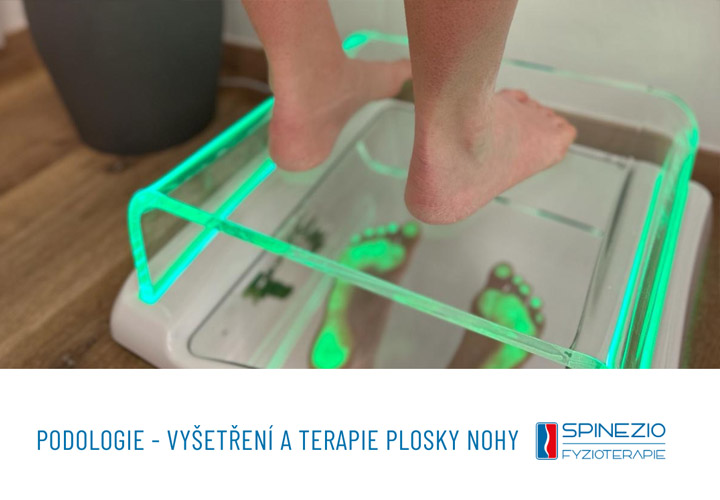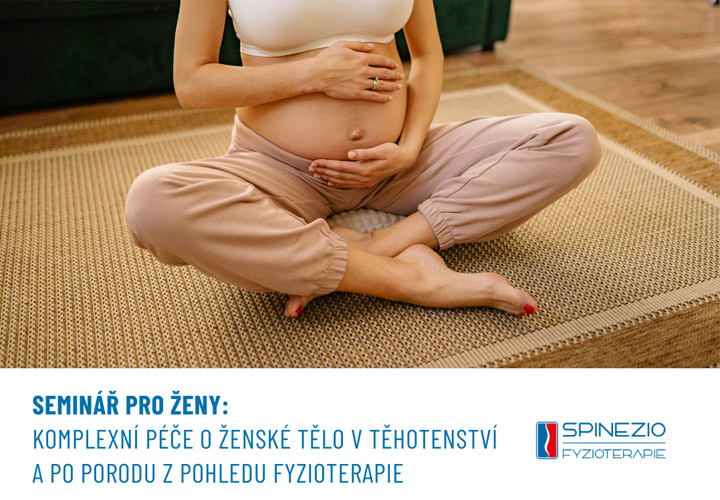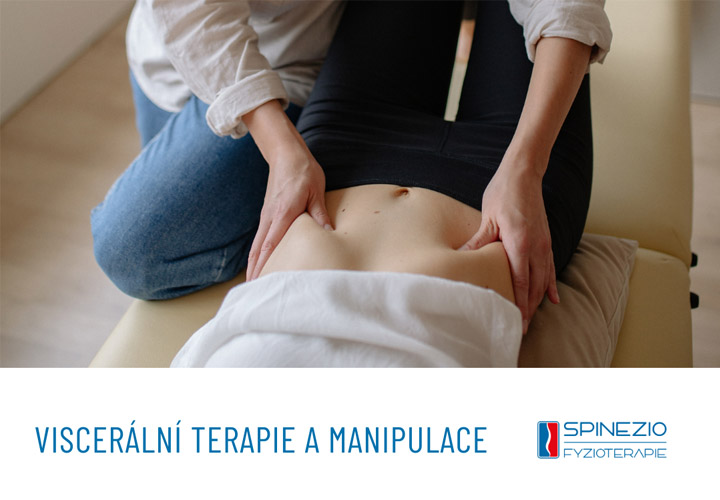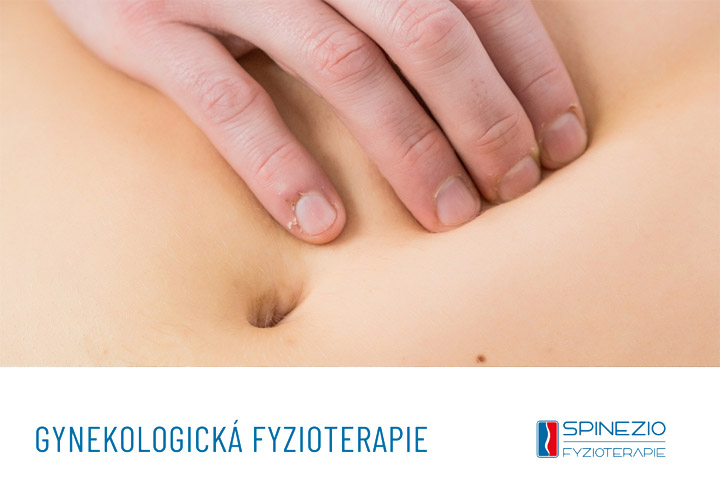Naše Filozofie |
||
| Lidské tělo je neuvěřitelný zázrak Matky Přírody, ve kterém každá buňka spolupracuje ve prospěch celku. Funguje jako dokonalý živý stroj, pokud je energie vycházející z naší mysli spolupracující. Nespolupracující myšlenky prostřednictvím své energie ale tento živý stroj rozlaďují a poškozují. Naše tělo, pravdivým jazykem v podobě neideálního dechu a svalového napětí, bolestmi či různými nemocemi, volá po změně. |
||
Video prohlídka |













